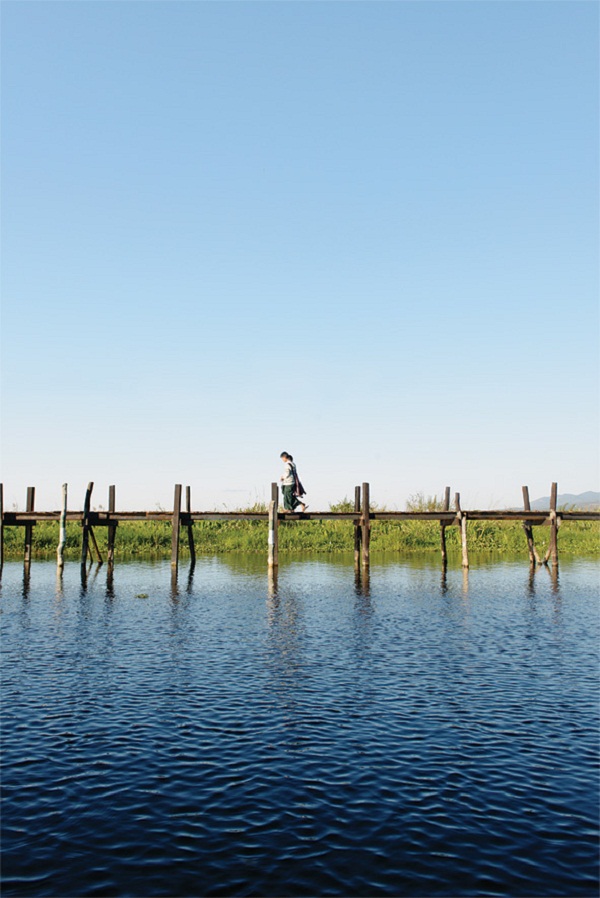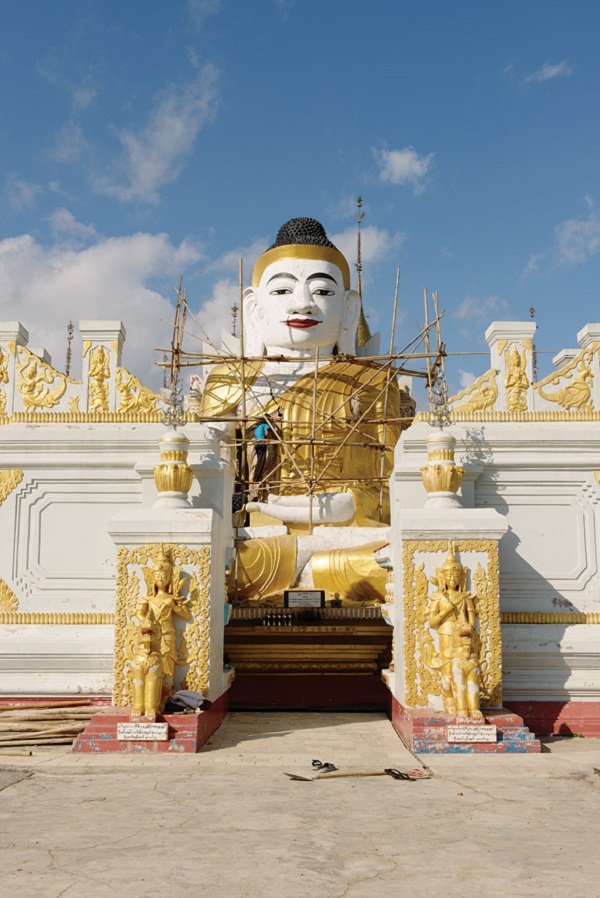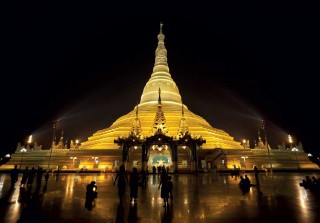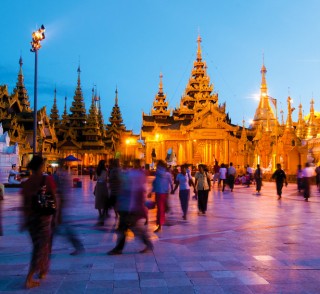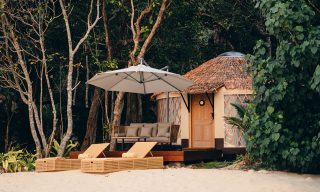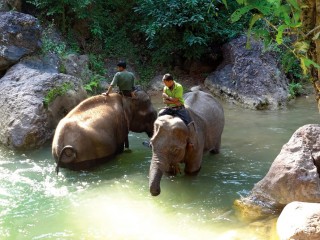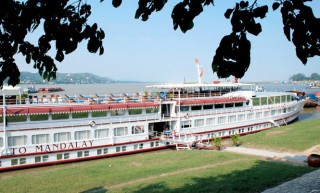The small turboprop from Yangon banks for landing at Heho Airport, which lies amid patchwork fields across a range of low hills from Inle Lake. From the air, the water appears still and serene as the early morning sun dapples its surface. yet for all its picturesque pagodas and stilt houses, the lake visitors see today is considerably smaller than it was just three generations ago. Much of what was once open water has been filled in by floating gardens of cucumbers, gourds, and particularly tomatoes. Exacerbated by siltation—largely the result of logging in the Inle watershed—the lake’s surface area has shrunk by more than a third since the 1940s, from about 180 square kilometers to less than 120. Its shores once extended all the way up and past Nyaungshwe, Inle’s main town and gateway; now, boats carrying produce to market must navigate a six-kilometer-long canal.
What open water remains is suffering from a host of environmental woes, though they may not be immediately apparent to the first-time visitor. Sedimentation, sewage, and agricultural runoff (imported chemical fertilizers and pesticides have been in use since 1988, when Myanmar opened its borders to Chinese trade) have increased the lake’s nutrient levels, supporting the growth of algae and water hyacinth, an invasive aquatic weed. Local weaving workshops have been accused of dumping chemical dyes into the water. And fishermen, not surprisingly, complain of dwindling catches, especially of the endemic Inle carp, or ngahpein, once a mainstay of the traditional Intha economy.
Drought has also been an issue, most noticeable in 2010, when Myanmar experienced a searing-hot dry season that, in its length and ferocity, shattered all previous records. After six months without rain, Inle Lake was so shallow you could walk between many of its villages. So dire was the situation that it spurred even the country’s then-military government into action, with a conference held the next year followed by the release of a hefty report titled Inlay Lake Conservation Project: A Plan for the Future. Compiled by a team of foreign and local experts over six months, it charts a path toward increasing income and employment while reducing unsustainable forms of agriculture, and using tourism as tool for conserving the lake’s environmental and cultural landscape.
It is too soon to say how much traction the report’s 15-year action plan has gained in Naypyidaw, the Myanmar capital. But it’s a start. And millions of dollars from international donors, particularly the United Nations, are today funding NGO conservation projects in the Inle area, though with questionable results, as I discover on a visit to the lake’s tomato gardens.
After leaving Phaung Daw Oo Pagoda we return to the main waterway, but soon turn off into a channel barely wide enough for our boat. Within minutes the driver has cut the engine and slipped an oar into the water, poling us forward past long rows of tomato plants that grow on floating beds of matted hyacinth, weeds, and reeds, all held in place by bamboo poles.
Ma Hsu Mon is typical of many tomato farmers at Inle Lake. Her family is reasonably well-off by rural Burmese standards, yet one bad season could spell hardship. For several months she has supplemented her income by participating in a project that aims to reduce the amount of fertilizer released into the lake by growing tomato plants in plastic bags. She says this method decreases runoff by 50 percent. The bad news? It also cuts tomato production in half. Unsurprisingly, there’s been little interest in the scheme from other farmers in her village; the few who volunteered did so only after the NGO running the project agreed to provide free fertilizer and seeds.
“We love Inle Lake, but income is the main problem,” Ma hsu Mon says. “We are still looking for a way to protect the environment while at the same time maintain our income from farming.”
Other projects aimed at steering farmers away from chemicals have received a similarly cool response, says U Myint Zaw, an agricultural adviser whom I meet later back in Nyaungshwe. “I really worry about the future,” he tells me. “We need to find alternative crops that can offer a similar level of income as tomatoes but require less inputs. It’s not a question of if farmers will change their ways, but when, and how.”

